Rotational and Reflectional Symmetry Worksheet
Are you teaching a geometry or art class and looking for a way to reinforce the concept of rotational and reflectional symmetry? Look no further! Our rotational and reflectional symmetry worksheet is the perfect resource for your students. With clear explanations and engaging exercises, they will be able to understand and identify symmetrical objects with ease. Whether you are a teacher or a parent helping your child with their homework, this worksheet will provide a valuable learning experience.
Table of Images 👆
More Other Worksheets
Kindergarten Worksheet My RoomSpanish Verb Worksheets
Cooking Vocabulary Worksheet
DNA Code Worksheet
Meiosis Worksheet Answer Key
Art Handouts and Worksheets
7 Elements of Art Worksheets
All Amendment Worksheet
Symmetry Art Worksheets
Daily Meal Planning Worksheet
What is rotational symmetry?
Rotational symmetry is a type of symmetry where an object can be rotated by a certain angle (such as 90 degrees or 180 degrees) and still look the same as its original position. In other words, the object has a common center point around which it can be rotated to coincide with its original position, creating a pattern that repeats itself.
What does a figure need to have in order to have rotational symmetry?
A figure needs to have a rotation point such that when the figure is rotated 180 degrees, it overlaps with its original position. This means that the figure must look the same after a certain degree of rotation. The number of positions in which the figure looks the same determines the degree of rotational symmetry the figure has.
How do you determine the degree of rotational symmetry in a figure?
To determine the degree of rotational symmetry in a figure, you need to find how many times the figure can be rotated less than a full circle (360 degrees) and still look the same. This involves identifying the angle of rotation that brings the figure back to its original position without any changes. The degree of rotational symmetry is then determined by dividing 360 degrees by the smallest angle of rotation that leaves the figure unchanged.
Give an example of a figure that has rotational symmetry.
A regular hexagon is an example of a figure that has rotational symmetry. It can be rotated by 60 degrees, 120 degrees, 180 degrees, 240 degrees, 300 degrees, and 360 degrees to coincide with its original position, making it have rotational symmetry of order 6.
What is reflectional symmetry?
Reflectional symmetry is a type of symmetry where an object can be divided into two halves that are mirror images of each other. This means that if a line is drawn through the object, the two halves on either side of the line reflect each other exactly. Objects with reflectional symmetry have identical shapes and sizes on each side of the dividing line.
How do you identify reflectional symmetry in a figure?
To identify reflectional symmetry in a figure, you need to determine if the figure can be divided into two equal parts that are mirror images of each other when folded along a line. This line is called the line of symmetry. If the two resulting parts match exactly when reflected over this line, then the figure exhibits reflectional symmetry.
Can a figure have both rotational and reflectional symmetry? Give an example.
Yes, a figure can have both rotational and reflectional symmetry. An example of such a figure is a regular hexagon. A regular hexagon has rotational symmetry of order 6, meaning it can be rotated by multiples of 60 degrees and still look the same, and also has reflectional symmetry along its three different axes passing through opposite vertices.
Do all regular polygons have rotational symmetry? Explain.
Yes, all regular polygons have rotational symmetry because they can be rotated by a certain angle (360 degrees divided by the number of sides) and look exactly the same in multiple positions. This is because the angles and sides of regular polygons are congruent, allowing for even distribution of symmetry when rotated around its center.
Can an irregular figure have reflectional symmetry? Provide an example.
No, an irregular figure cannot have reflectional symmetry because reflectional symmetry requires the figure to be mirrored perfectly across a line of symmetry, which is not possible for irregular shapes. An example of an irregular figure that does not have reflectional symmetry is a cloud shape with no distinct line of symmetry to reflect across.
How can the concepts of rotational and reflectional symmetry be applied in real-life scenarios?
The concepts of rotational and reflectional symmetry can be applied in various real-life scenarios, such as in architecture and design. Architects use rotational and reflectional symmetry to create aesthetically pleasing structures and buildings that are visually balanced. In product design, these symmetries are used to create appealing and harmonious products, like furniture and packaging. Furthermore, in urban planning, rotational and reflectional symmetry can be applied to design city layouts and street patterns that are visually appealing and easy to navigate. Overall, these symmetries play a crucial role in enhancing the visual appeal and functionality of objects, structures, and environments in our daily lives.
Have something to share?
Who is Worksheeto?
At Worksheeto, we are committed to delivering an extensive and varied portfolio of superior quality worksheets, designed to address the educational demands of students, educators, and parents.

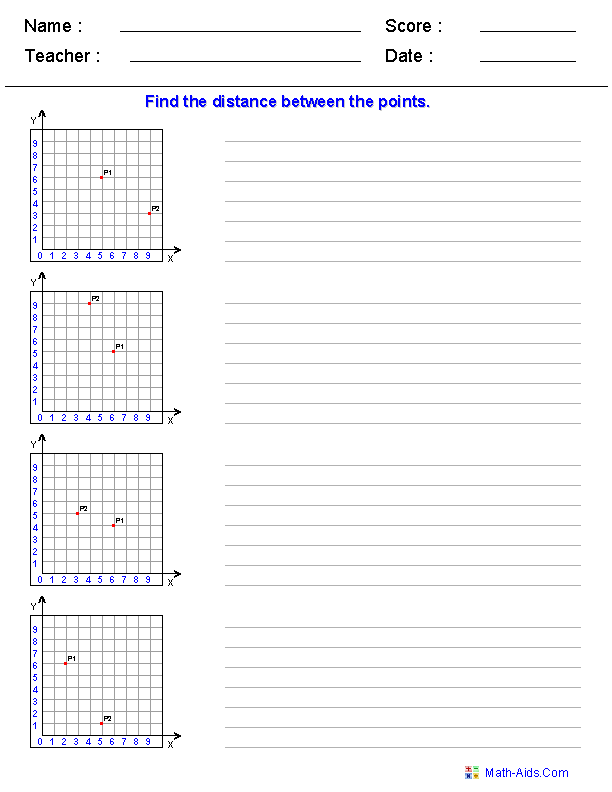



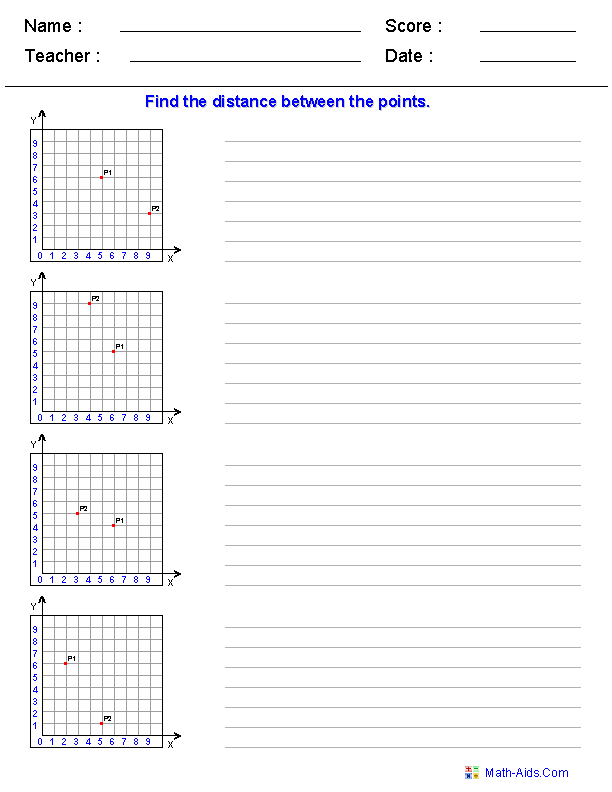
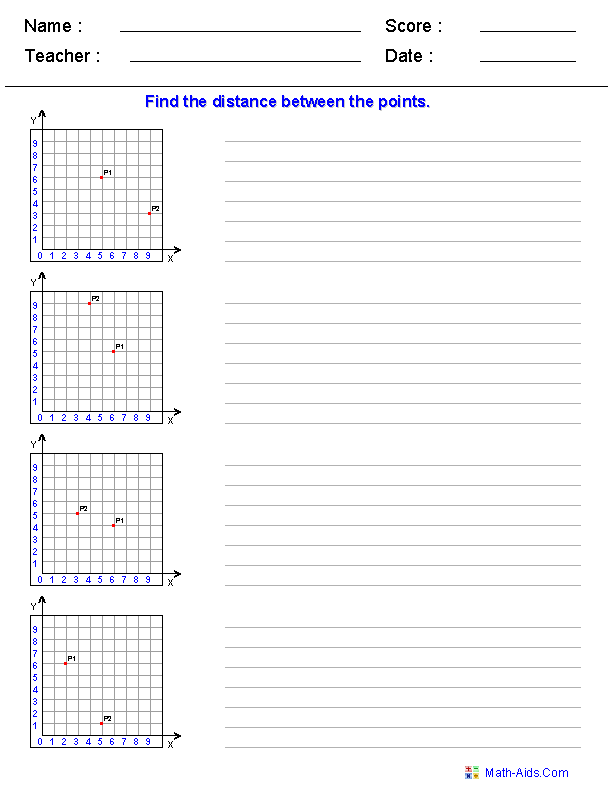

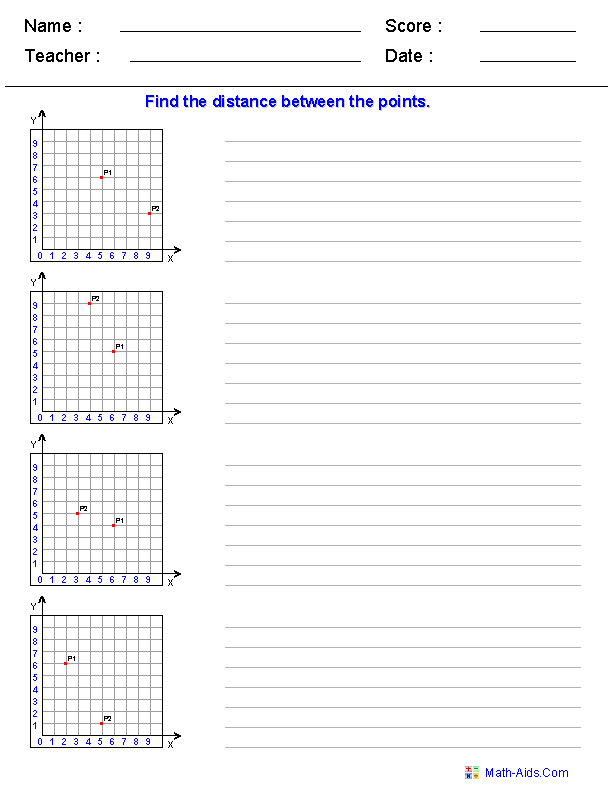
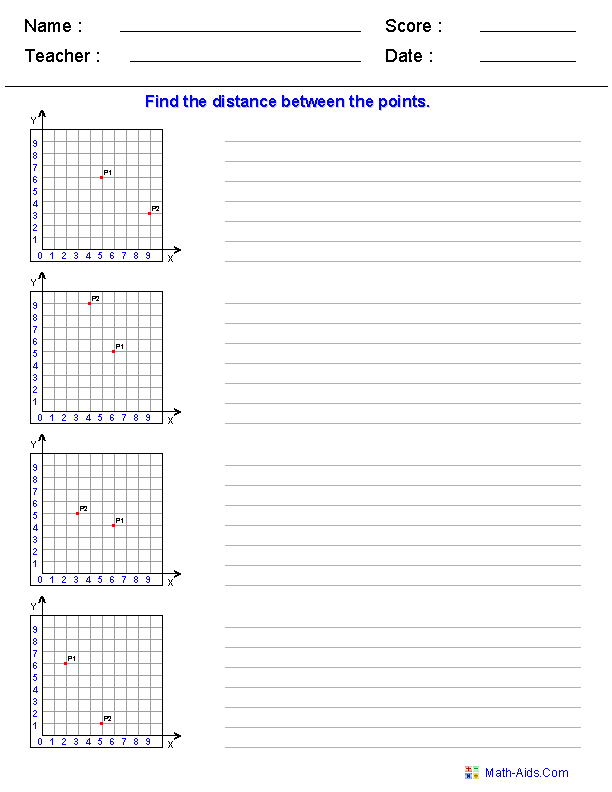
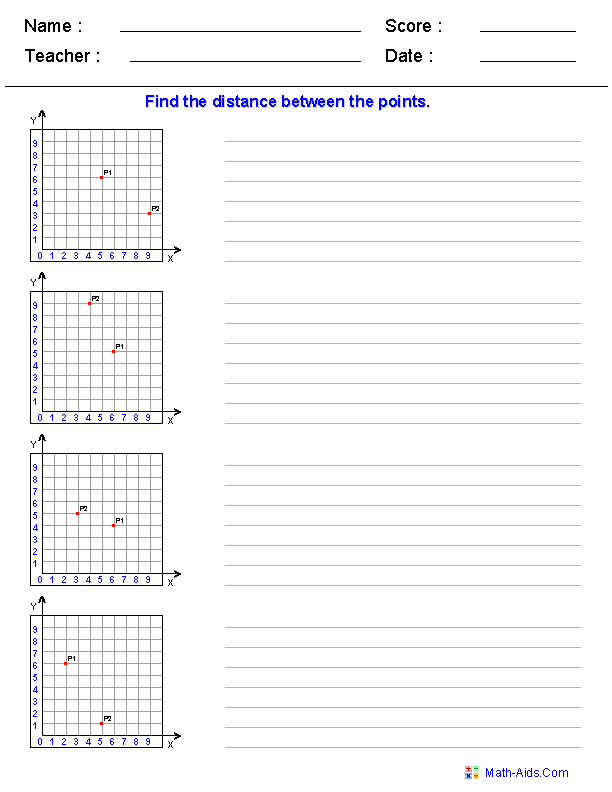
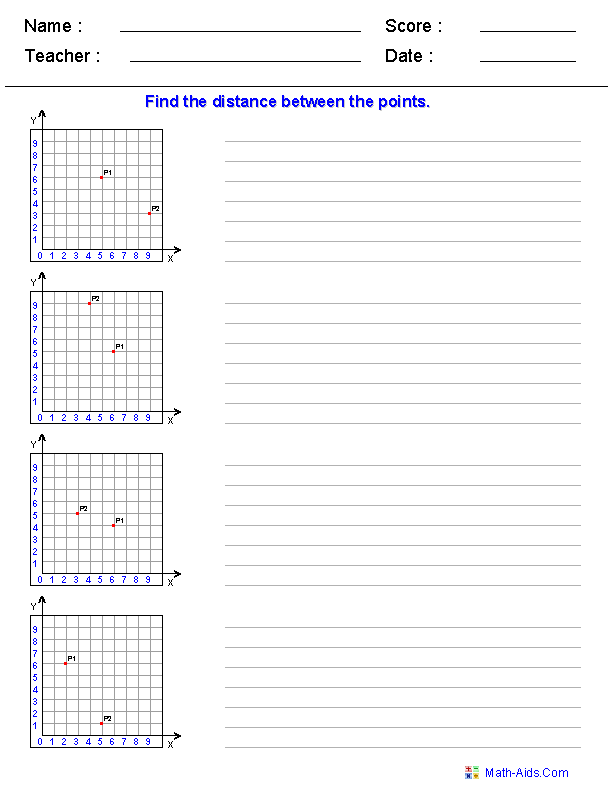
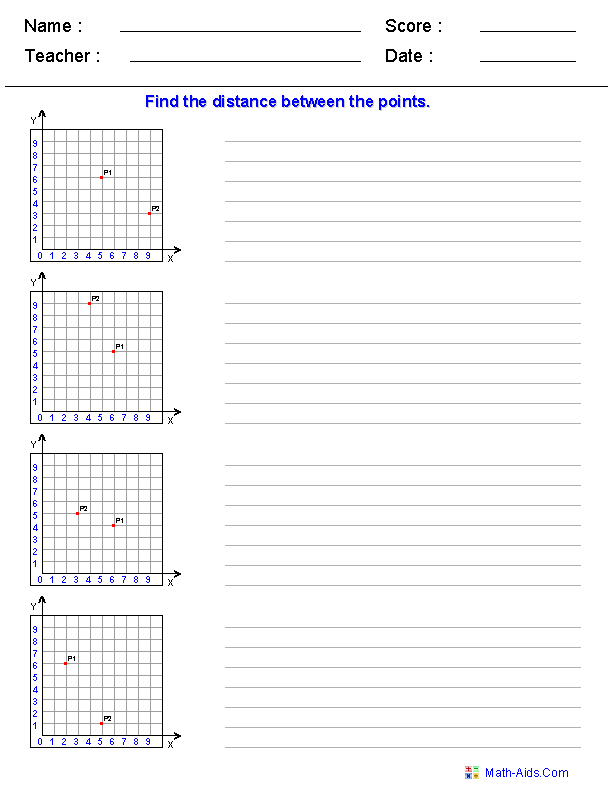
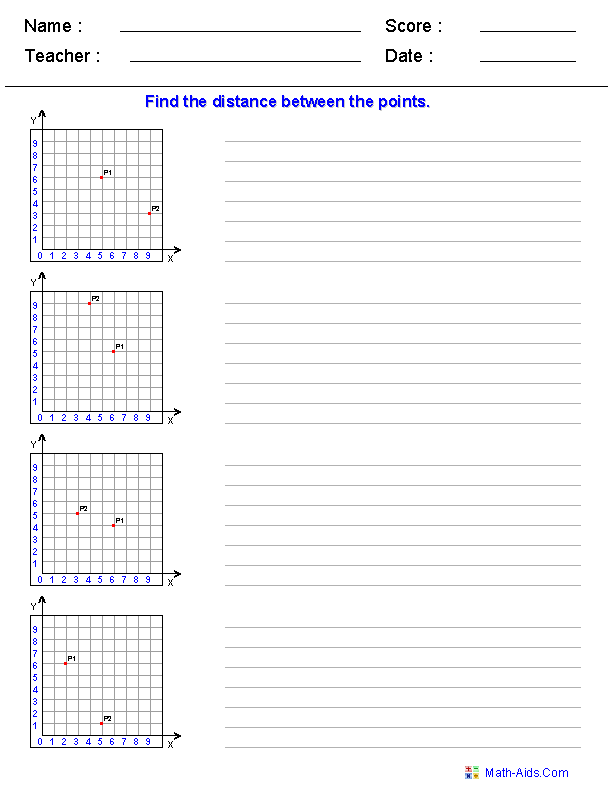
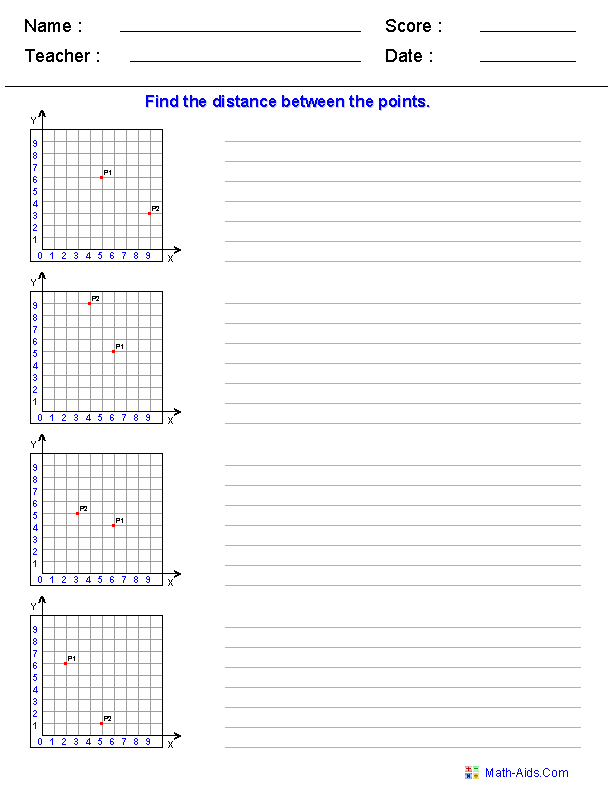
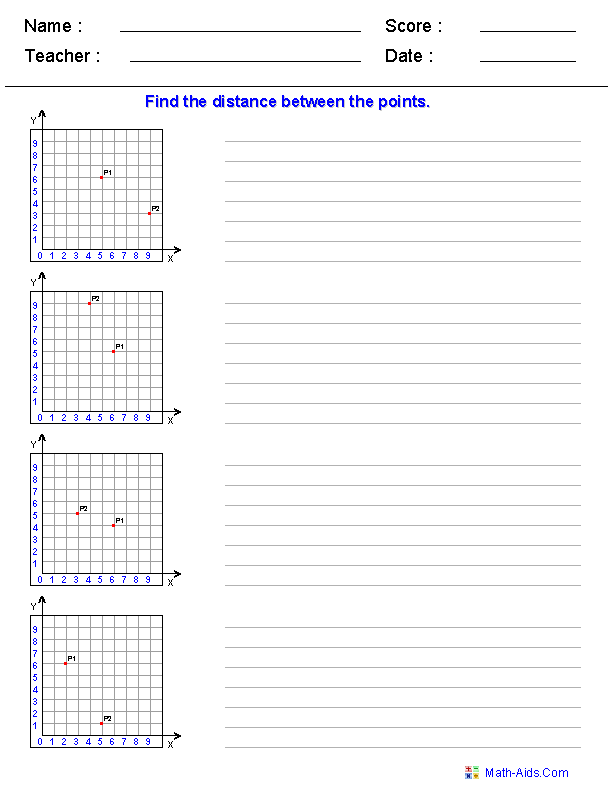
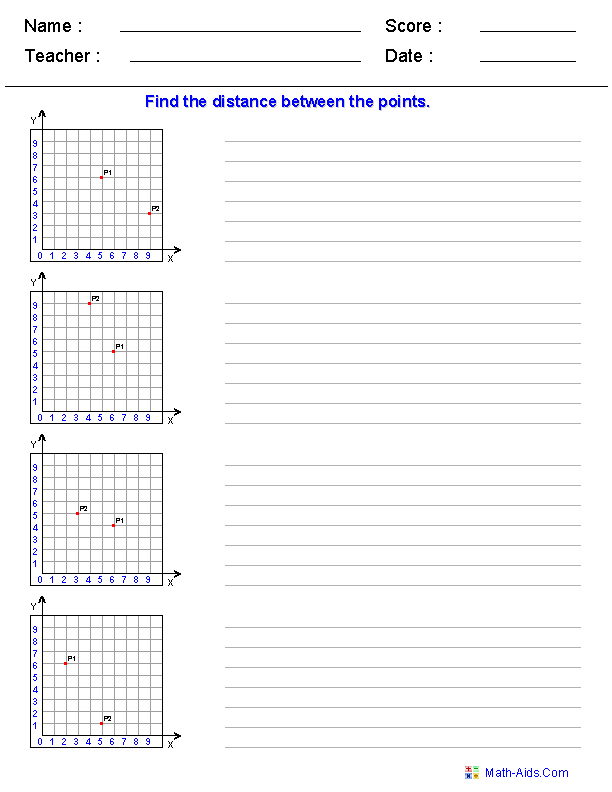
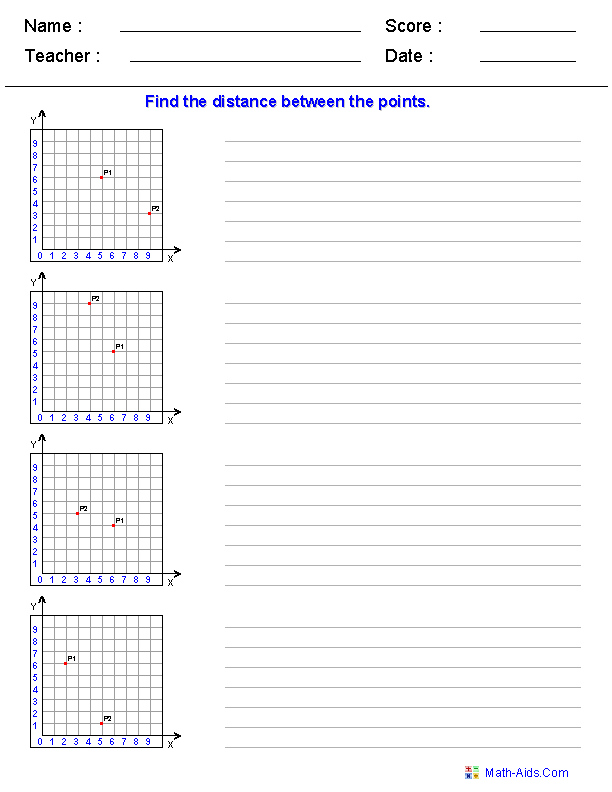
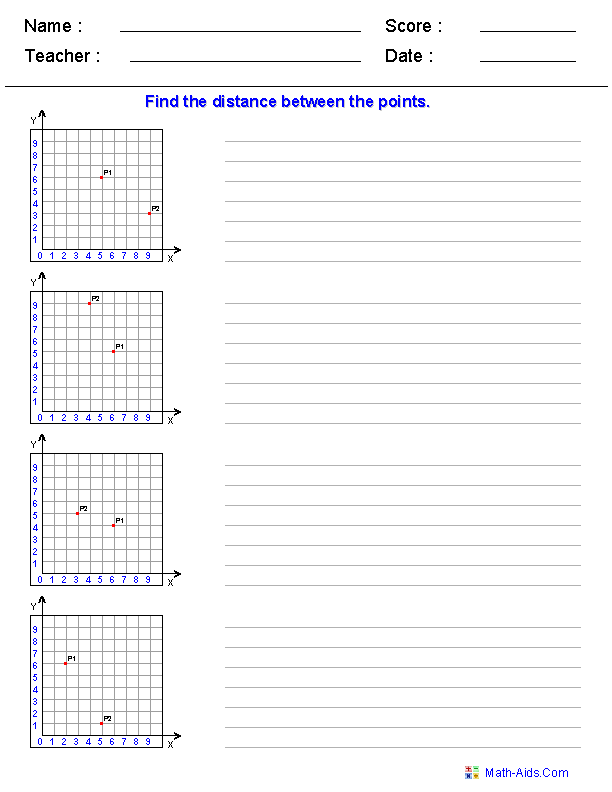
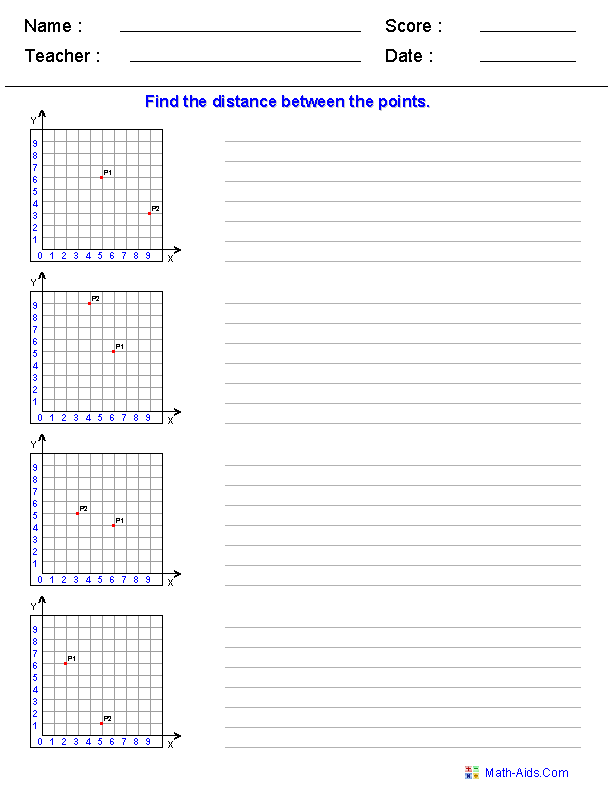














Comments